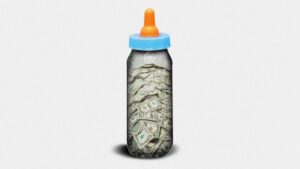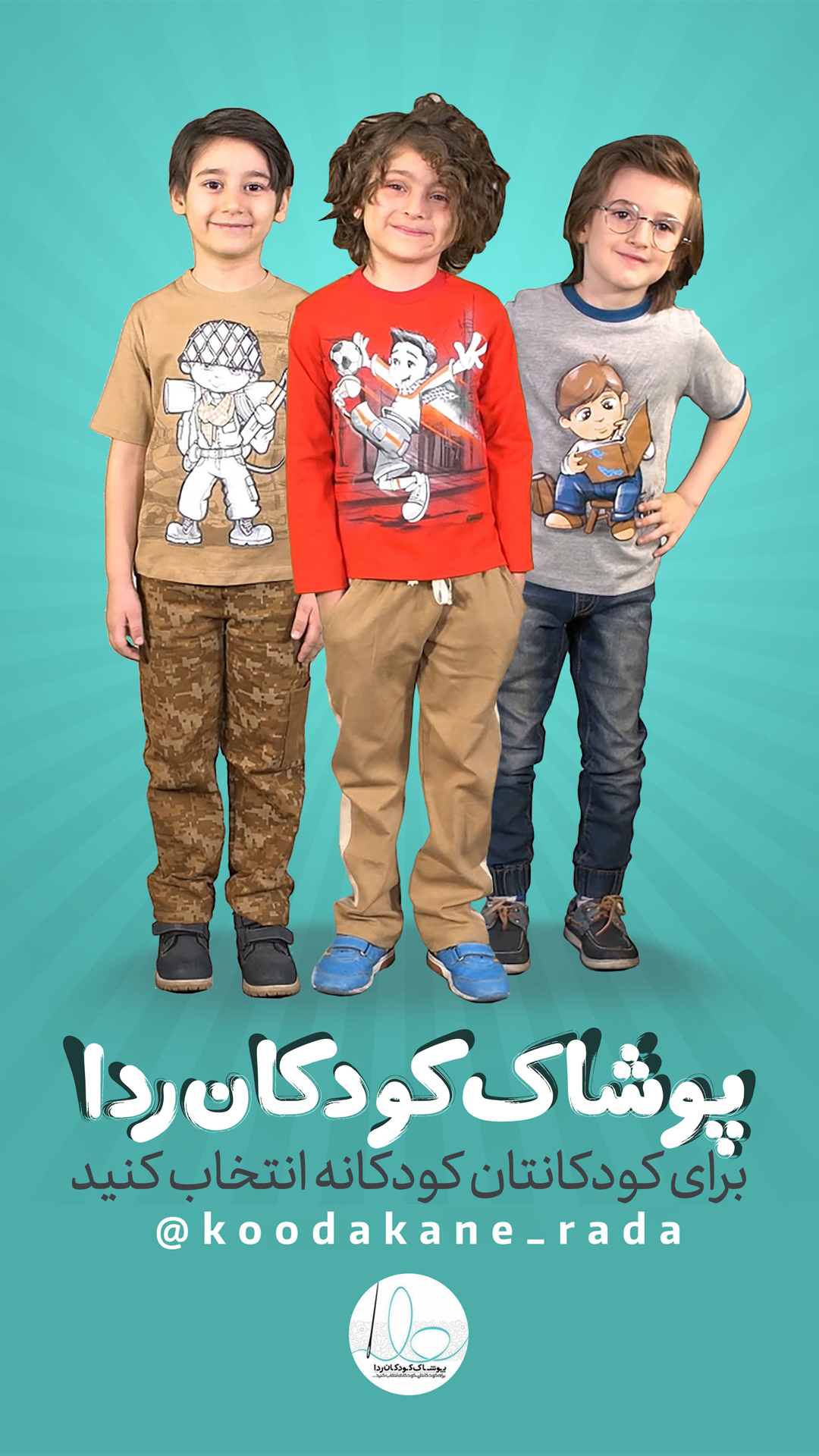Cash for Kids Comes to the United States
The new child tax credit will radically reduce poverty, but millions of the poorest children might miss out.

According to kids news agency, On a weekday evening in early July, Jim Lysen, a retired health-clinic director, and Ed Fallon, a grandfather and veteran, ignored the pouring summer rain as they knocked on the front door of a townhouse in an affordable-housing development on the banks of the Androscoggin River in Lewiston, Maine.“I am a volunteer with the Maine People’s Alliance, and we’re making sure people know about the child tax credit,” Lysen said. “That’s another stimulus payment?” a grandmother named Eileen Pelletier asked, as Lysen and Fallon provided her with a damp fact sheet. “It was part of a stimulus package,” Lysen told her.
A few doors down, a sullen teenager answered, telling Fallon that there were multiple kids in the home. “Did you get the stimulus checks?” Lysen asked. “No,” the teenager said, a good indicator that the family would miss out on the child-tax-credit money too. “Do you know about the CTC?” The kid shrugged before closing the door.
The initiative Lysen and Fallon were there to promote is a technical change to a federal tax expenditure that is also the most radical expansion of the welfare state since the Great Society. Beginning this week, the IRS will start sending monthly, no-strings-attached cash payments to an estimated 65 million children living in low- and middle-income families, potentially slashing the country’s child poverty rate by 45 percent.
Yet more than half of likely voters said they knew “little or nothing” about the program in a May poll conducted by Data for Progress, a statistic borne out by Lysen and Fallon’s canvassing. Some of the parents who answered the door had no idea what the two were talking about; most others said they had heard of the child tax credit but had no idea who would get it, how, or why. Nobody really understood what it was, aside from the drenched guys with their clipboards.The new policy will become tangible when money starts hitting bank accounts this week. An estimated 88 percent of recipients will not need to do anything to get the cash—the IRS will send the money automatically. But an estimated 4 million to 8 million eligible children are at risk of missing out, because their parents or guardians do not need to file taxes or are not filing taxes—and because they might not even know the complicated, obscure-sounding, and scarcely advertised policy exists.Lysen shuffled some papers as a woman with a preschool-age girl at her feet answered his knock. “We’re making sure that people know about the child tax credit. Have you heard of that?” he said.
The person answering the door was Christina Romano, a refugee from Angola who was expecting her fourth child in the fall, newly unemployed because her pregnancy prevented her from working long hours—and at risk of never getting hundreds of dollars a month intended to help her and her kids, Lysen and Fallon feared.
Had she heard of the child tax credit? No. Had her family gotten the stimulus checks? No, she did not think so. But, she indicated in halting English—her fifth language—her family could use the help. They were struggling to pay for daycare for their youngest. Later, she told me that the family would spend some of the cash, if they got it, on food.
With the federal government doing little to reach families like Romano’s, nonprofits and community groups—legal-aid societies, volunteer tax preparers, places of worship, child-care centers, food banks, homeless shelters, and community-organizing groups such as the Maine People’s Alliance—have stepped in. Fallon and Lysen conferred and decided to seek out more help for Romano. “Anybody speak Portuguese?” Lysen shouted to other organizers fanned out across the housing project, knocking on doors in the rain.
The child tax credit is a Clinton-era policy that, of late, has provided families with up to $2,000 a year per child. Because of the way the credit was structured, the poorest families rarely got the full amount and often got nothing, because they did not earn enough. Family advocates and a handful of legislators on Capitol Hill have wanted to change that for decades, pushing for an expansion of the credit to move more kids above the poverty line and to better reach very poor families. It finally happened, quietly, as part of President Joe Biden’s $1.9 trillion American Rescue Plan.
The newly expanded child tax credit is a wholly different kind of welfare policy—a guaranteed income for kids. With it, the federal government will send American parents and guardians $300 a month for each child they have ages 5 and younger, and $250 a month for children ages 6 through 17. (Single parents making $75,000 a year or less and married parents making $150,000 a year or less will get the full amount; families earning up to $400,000 a year will get smaller amounts.) The monthly disbursements begin this week and continue through the end of the year, with families getting another lump-sum check next tax-filing season. As of next year, the changes revert, although Democrats are pushing to extend them or make them permanent.
Ask poverty researchers or child advocates about the new child tax credit, and their response is likely to be rapturous: “Historic.” “A game changer.” “The single most important policy in 50 years.” “Unprecedented.”
“I am a really cynical person—years and years of organizing will do that to you,” Drew Astolfi, an organizer at Community Change, a progressive civil-rights group, told me. “There are so many federal and state programs that talk pretty and don’t deliver much. This is really different. Having been hungry in my own life—it could create a level of stability and a change in financial circumstances that will be enormous to the poorest people. Enormous.”
Why enormous? Because the program itself is so big, for one. The federal government currently spends $16.5 billion a year on the Temporary Assistance for Needy Families program, or welfare. Only a fraction of that money, $6.5 billion, is used for cash benefits, with most going to workforce-development and child-care initiatives. The old child tax credit provided roughly $120 billion a year to families. The new one will provide an additional $105 billion a year, making the credit three times the size of the pre-pandemic food-stamp program.
The policy’s design is unique, and uniquely powerful too. Families will not need to fill out reams of paperwork or jump through many hoops to get the cash. There are no drug tests, work requirements, or asset tests associated with it. That will make the benefit easier to get and maintain than others, like welfare and food stamps, advocates say, particularly for stressed, time-poor single parents. “It’s really hard to add racist, sexist, classist eligibility requirements” to a tax program, Ben Chin, the deputy director of the Maine People’s Alliance, told me. The IRS “is not giving piss tests.”Moreover, recipients will receive unrestricted cash. You can’t use food stamps to pay for diapers. You can’t use a housing voucher to gas up your car or pay a babysitter. But parents will be able to use this money on whatever they need to, stabilizing family finances in a way no other program does. “There’s just something so simple about it,” Helene Stebbins, the executive director of the Alliance for Early Success, a nonprofit that advocates for early-childhood programs, told me. “Want to end poverty? Put money in people’s pockets.”.”






ارسال نظر